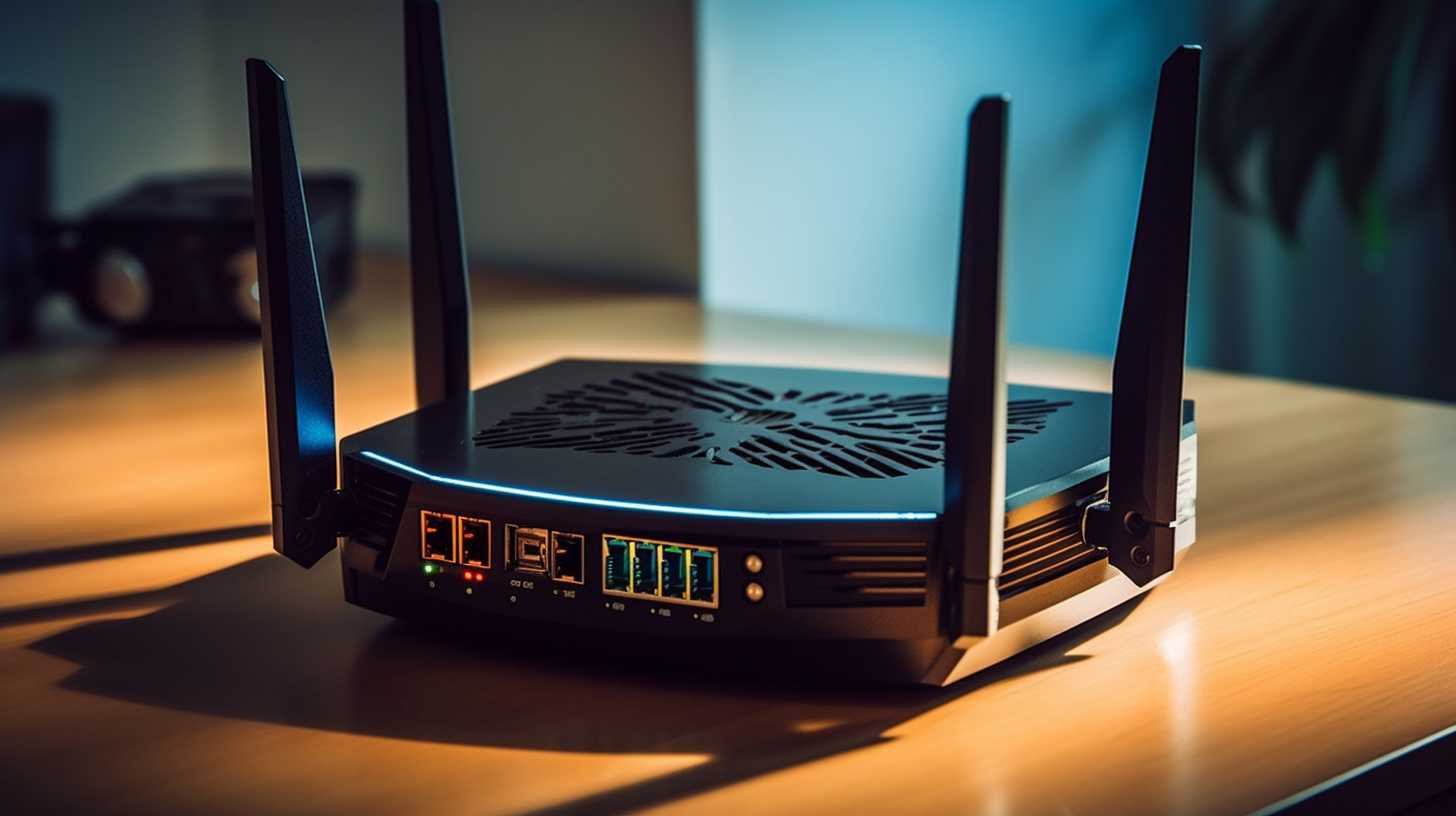
Port Forwarding on PlayStation 5: A Comprehensive Guide
Port forwarding is a technique that allows you to improve your PlayStation 5’s online gaming experience by optimizing the network connection between your console and the internet. This guide will provide you with step-by-step instructions on how to set up port forwarding on your PS5.
Table Of Contents
What is Port Forwarding?
Port forwarding is a process that directs incoming network traffic to a specific device or application by forwarding data packets through designated ports. By configuring port forwarding on your router, you can enhance the stability and speed of your PS5’s online gaming experience, reduce lag, and improve NAT type.
Ports to Forward for PlayStation 5
To set up port forwarding for your PS5, you’ll need to forward the following ports:
- TCP: 80, 443, 3478, 3479, 3480
- UDP: 3478, 3479
These ports are essential for various PlayStation Network services, such as online gaming, voice chat, and content downloads.
Step-by-Step Guide to Port Forwarding on PlayStation 5
Step 1: Setup a Static IP for the PS5
In a normal network, every time a device connects to the network, it will be assigned a fresh IP from the router. When you open ports, they can only be opened for one IP at a time. This means that you need to ensure that the PS5 has the same IP every time. In order to do this, you will need to go into the system settings and instead of using an automatic IP, you will set it manually. If you are unsure how to setup a static IP, this guide will show you how to setup a static IP on the PS5.
Step 2: Access Your Router’s Settings
To configure port forwarding, you’ll need to access your router’s settings. To do this:
- Open a web browser on a device connected to your network.
- Enter your router’s IP address in the address bar (commonly 192.168.1.1 or 192.168.0.1; check your router’s manual or label for the correct address).
- Log in using your router’s username and password. If you don’t know these credentials, check the router’s manual or label, or try the default settings (commonly admin for both username and password).
Step 3: Locate the Port Forwarding Settings
Once you’ve accessed your router’s settings, look for the port forwarding section. This may be labeled as “Port Forwarding,” “Applications and Gaming,” “Virtual Servers,” or something similar, depending on your router’s make and model. Consult your router’s manual if you have difficulty finding this section.
Step 4: Set Up Port Forwarding Rules
Now that you’ve located the port forwarding settings, follow these steps to create port forwarding rules for your PS5:
- Create a new port forwarding rule or entry.
- Enter your PS5’s IP address in the appropriate field (usually labeled “IP Address,” “Device,” or “Local IP”).
- Specify the required ports for both TCP and UDP protocols:
- For TCP, enter 80, 443, 3478, 3479, 3480 in the appropriate fields (usually labeled “Start Port,” “End Port,” or “Port Range”).
- For UDP, enter 3478, 3479 in the appropriate fields.
- Save the changes and apply the new settings.
Step 5: Restart Your Router and PS5
Once you’ve set up the port forwarding rules, restart your router by unplugging it for 30 seconds and then plugging it back in. Also, restart your PS5 to ensure the new settings take effect.
Step 6: Test Your PS5’s Network Connection
To test your PS5’s network connection and verify that port forwarding has been set up correctly:
- Go to Settings > Network > Test Internet Connection on your PS5.
- Wait for the test to complete and check the results.
If you’ve followed these steps correctly, your PS5 should now have an improved online gaming experience with reduced lag and an optimized connection.
By setting up port forwarding on your PlayStation 5, you can enhance your gaming experience and enjoy smoother online play. If you encounter any issues or need further assistance, consult your router’s manual or contact your Internet Service Provider (ISP) for support.























